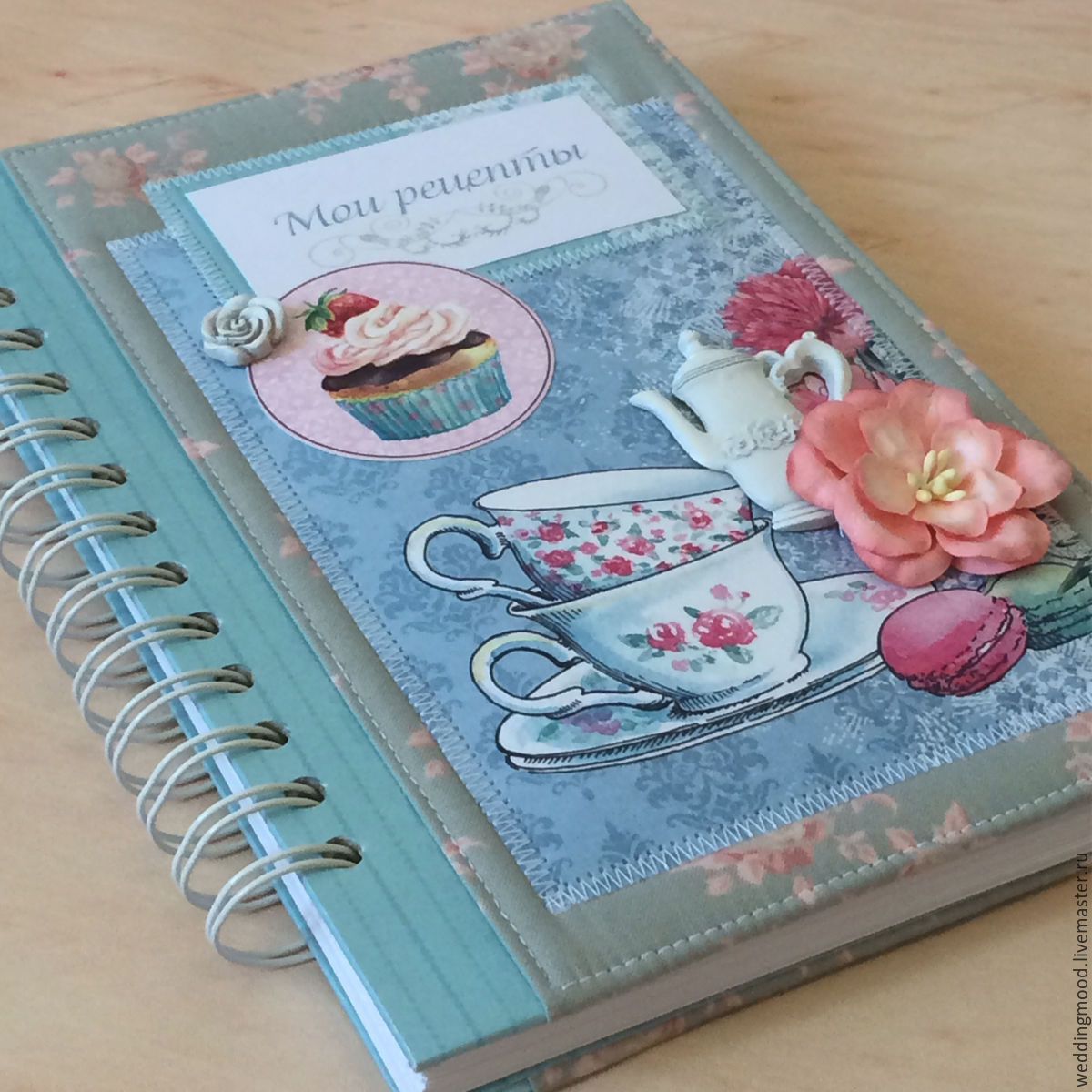Bloknot Snajpera Kupitj

Actiaus.com board driver test. Daily 1.0 -samyj-roskoshnyj-sposob-puteshestvovat-kupit-kvartiru-na-korable-utopiya.
Her brother and Bronislava Nijinska, sculpture by, the In the past Tomasz had forgone opportunities, turning down dance offers because of his family obligations. In 1897 near Saint Petersburg, Eleonora and Thomasz danced on stage together for the last time.
He then continued on the road alone as a dancer. On a prior trip to Finland, he had become involved with a fellow dancer. Eventually this led to a permanent separation from his wife. His relationships with his children accordingly suffered; he then saw infrequently. Alone Eleonora soon established permanent residence in Saint Petersburg, after years of continual travel with her three children. She rented a large flat and opened a. Bronislava records that her brother Vaslav (or Vatsa) became bitter and years later turned against his father for the pain his mother endured.
Her brother Vatsa [ ] 'By nature Vaslav [Vatsa] was a very lively and adventurous boy.' In her book Early Memoirs Nijinska writes about the adventures of young Vatsa, older than her by 22 months. Living with a mother and father who danced on stage and were regularly traveling on tour, the children acquired an intrepid attitude and a physical prowess in everyday life. The two parents encouraged their children's athletic development and, while scolding misbehavior, were not punitive. Curiosity drove Vatsa to explore his frequently-new neighborhoods, sometimes crossing parental lines. His bravery and daring on rooftops impressed Broni. How Vatsa loved to climb!
Whenever he was at the top of a tree, on a high post, on the swing, or on the roof of our house, I noticed a rapturous delight on his face, a delight to feel his body high above the ground, suspended in midair. Vatsa investigated the strange streets of different towns and cities where the family's theatrical life took them.
Along the way he was training his body. It became an instrument of extraordinary strength and balance. Seemingly without fear he relished his freedom. His mind took innovative turns, which his body followed, or vice versa. Often Broni was invited along.
From Vatsa's adventures she, too, acquired a body unusually trained for dance. Childhood dance skills [ ].
Enrico Cecchetti, St. Petersburg, c.1900 Her parents not only were dancing on stage, they also taught ballroom dancing to adults and had special dance classes for children.

Early on they instructed their daughter in folk dances: Polish, Hungarian, Italian, and Russian. She learned ballet, together with all kinds of different dance steps. She picked up some acrobatic techniques from her father, who would 'talk shop' and trade skills with circus performers. Later she was able to draw on this rich experience in her choreographic works.
Broni Nijinska was not quite four when she made her theatrical debut in a Christmas pageant with her brothers in. She seemed always familiar with being on stage, in children's skits or to make brief appearances on the adult stage. Her aunt Stepha, her mother's elder sister, had retired from performance but was teaching dance in; she helped Broni. Dancers with her parents would give her lessons or tips. After their parents' separation, her brother Vaslav Nijinsky entered the. When about nine years old, Broni began ballet lessons with the famous.
He quickly recognized her skills. Nijinska, graduation picture, 1908 Imperial Theatrical School [ ] In 1900, Bronislava Nijinska was accepted into the same state-sponsored school for performing arts. Her brother Vaslav had entered it two years before.
Located in, it offered a program of many years duration. As with Vaslav's acceptance, her mother enlisted support from various people connected to ballet, including Stanilas Gillert and Cecchetti. Present at the entrance examination were 214 candidates ready to demonstrate their dance abilities.
Legendary ballet master participated in the trials, as did Cecchetti. Twelve girls were accepted. Bronislava graduated in 1908, taking 'First Award' for achievement both in dance and in academic subjects. Seven women graduated that year. In addition to her diploma she was enlisted as an 'Artist of the Imperial Theatre'. It was a government formality which assured her of financial security and the privileged life of a professional dancer. Of her brother Vaslav Nijinsky [ ] His influence while at Ballets Russes [ ] Perhaps her brother Vaslav Nijinsky had the greatest influence on Bronislava Nijinska and her career.